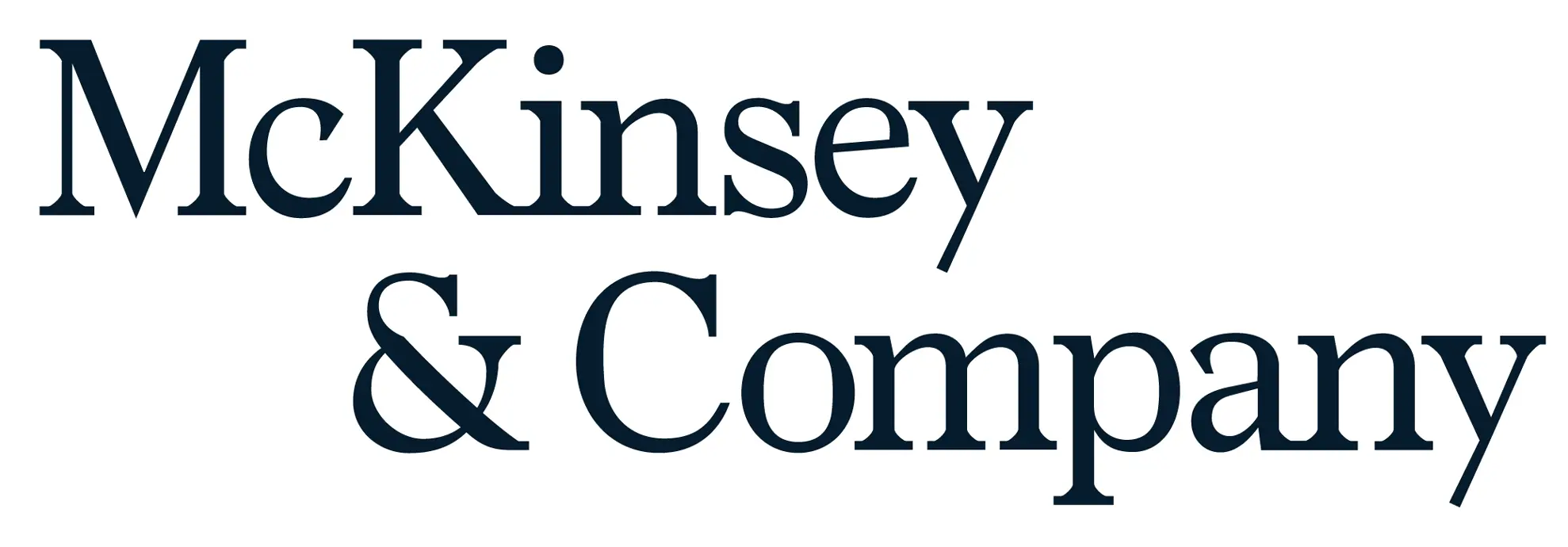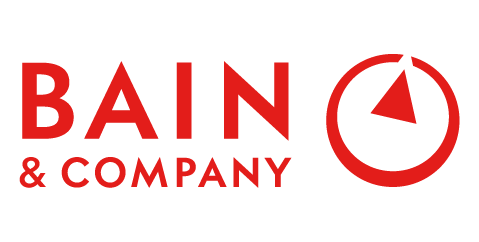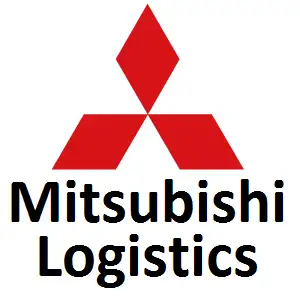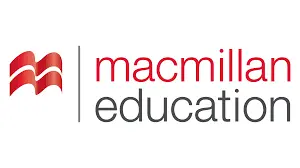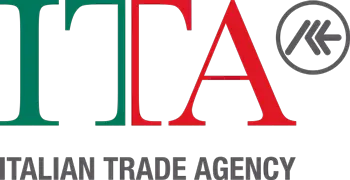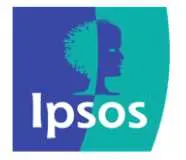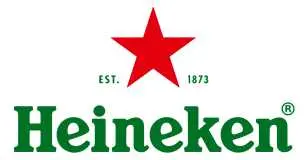
Food Safety Testing Market Growth, Size, Revenue, Trends, Scope, Challenges and Future Strategies
Food Safety Testing Market Size- By Food Tested, By Target Tested, By Technology-Regional Outlook, Competitive Strategies and Segment Forecasts to 2032
| Published: Nov-2022 | Report ID: FOOD2225 | Pages: 1 - 236 | Formats*: |
| Category : Food & Beverages | |||
- May 2022: Bureau Veritas, a supplier of laboratory testing, inspection, and certification services, has opened its third US microbiological laboratory in Reno, Nevada. The facility is to do quick pathogen testing and microbiological indicator analyses for the agri-food industry.
- Increasing Focus on Quality Assurance: Food manufacturers are increasingly emphasizing quality assurance to protect their brand reputation and ensure consumer trust. Implementing robust food safety testing measures is a crucial part of quality assurance, driving the market growth.
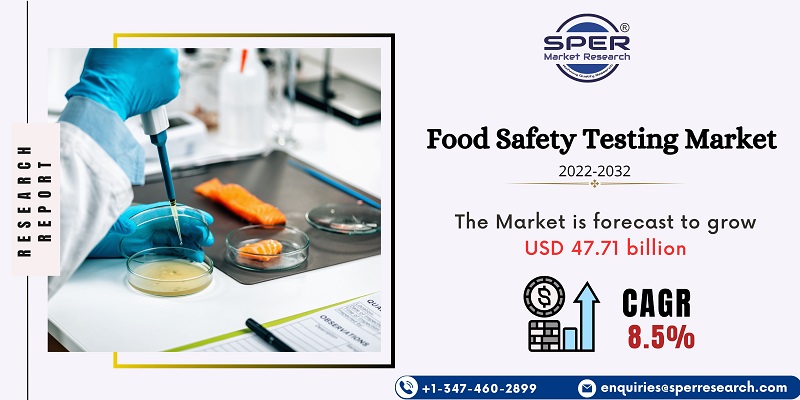
| Report Metric | Details |
| Market size available for years | 2019-2032 |
| Base year considered | 2021 |
| Forecast period | 2022-2032 |
| Segments covered | By Food Tested, By Target Tested, By Technology |
| Geographies covered | Asia-Pacific, Latin America, Middle East and Africa, Europe, North America |
| Companies Covered | Eurofins Scientific, Tuv Sud, ALS Ltd., R.J Hills Laboratories Ltd., Bureau Veritas, SGS SA, Adpen Laboratories Inc., Intertek Group Plc, Pacific Lab, Ugene Laboratories Service Pte Ltd., QIMA, Symbio Laboratories, Others |
- Food Manufacturers
- Regulatory Authorities
- Testing Laboratories
- Retailers and Distributors
- Consumers
- Food Service Providers
- Research and Development Institutions
| By Food Tested: |
|
| By Target Tested: |
|
| By Technology: |
|
- Global Food Safety Testing Market Size (FY’2022-FY’2032)
- Overview of Global Food Safety Testing Market
- Segmentation of Global Food Safety Testing Market By Food Tested Type (Meat Poultry and Seafood, Dairy Products, Processed Food, Fruits and vegetables, Cereals and Grains, Others)
- Segmentation of Global Food Safety Testing Market By Target Tested Type (Pathogens, Pesticides, GMOs, Mycotoxin, Allergens, Heavy metals, Others)
- Segmentation of Global Food Safety Testing Market By Technology (Traditional, Rapid, Convince Based, Polymerase chain reaction, Immunoassay, Chromatography and Spectrometry)
- Statistical Snap of Global Food Safety Testing Market
- Expansion Analysis of Global Food Safety Testing Market
- Problems and Obstacles in Global Food Safety Testing Market
- Competitive Landscape in the Global Food Safety Testing Market
- Impact of COVID-19 and Demonetization on Global Food Safety Testing Market
- Details on Current Investment in Global Food Safety Testing Market
- Competitive Analysis of Global Food Safety Testing Market
- Key Market Players in the Global Food Safety Testing Market
- SWOT Analysis of Global Food Safety Testing Market
- Global Food Safety Testing Market Future Outlook and Projections (FY’2022-FY’2032)
- Recommendations from Analyst
1.1. Scope of the report1.2. Market segment analysis
2.1 Research data source
2.1.1 Secondary data2.1.2 Primary data2.1.3 SPER’s internal database2.1.4 Premium insight from KOL’s
2.2 Market size estimation
2.2.1 Top-down and Bottom-up approach
2.3 Data triangulation
4.1. Driver, Restraint, Opportunity and Challenges analysis
4.1.1 Drivers4.1.2 Restraints4.1.3 Opportunities4.1.4 Challenges
4.2. COVID-19 Impacts of the Global Food Safety Testing Market
5.1. SWOT analysis
5.1.1 Strengths5.1.2 Weaknesses5.1.3 Opportunities5.1.4 Threats
5.2. PESTEL analysis
5.2.1 Political landscape5.2.2 Economic landscape5.2.3 Social landscape5.2.4 Technological landscape5.2.5 Environmental landscape5.2.6 Legal landscape
5.3. PORTER’S five forces analysis
5.3.1 Bargaining power of suppliers5.3.2 Bargaining power of Buyers5.3.3 Threat of Substitute5.3.4 Threat of new entrant5.3.5 Competitive rivalry
5.4. Heat map analysis
6.1 Meat Poultry and Seafood
6.1.1 Unsanitary abattoris and improper animal handling cause food borne diseases.
6.2 Dairy Products
6.2.1 Outbreak of illness due to consumption of unpasteurized milk.
6.3 Processed Food
6.3.1 Rising number of retail market for contaminated food products poses a challenge.
6.4 Fruits and vegetables
6.4.1 Pesticide residues to be a challenge.
6.5 Cereals and Grains
6.5.1 Contamination with toxins.
6.6 Others.
7.1 Pathogens
7.1.1 E.coli
7.1.1.1 Food safety testing and supervising hygiene standards can lower events of E. coli food poisoning.
7.1.2 Salmonella
7.1.2.1 Major food recalls because of Salmonella contamination
7.1.3 Campylobacter
7.1.3.1 Most common cause of bacterial foodborne illness in North America.
7.1.4 Listeria
7.1.4.1 Found in moist environments, soil, water, decaying vegetation, and animals.
7.1.5 Others
7.2 Pesticides
7.2.1 Technological advancement in food safety testing.
7.3 GMOs
7.3.1 Huge economic and environmental benefits
7.4 Mycotoxin
7.4.1 Distress and adverse health effects upon consumption.
7.5 Allergens
7.5.1 Allergens guidelines for allergen induced products.
7.6 Heavy metals
7.6.1 Contamination of food chain and harm to public health.
7.7 Others.
8.1 Traditional
8.1.1 To be incorporated in to ready to eat foods.
8.2 Rapid
8.2.1 Imitagation of human errors via rapid food testing.
8.3 Convince Based
8.3.1 Helps in identifying microorganisms based on their biochemical responses.
8.4 Polymerase chain reaction (PCR)
8.4.1 Flexibility of PCR systems allows for several pathogens to be assayed in single run.
8.5 Immunoassay
8.5.1 ELISA–Powerful method for detecting and quantifying specific proteins in complex mixture.
8.6 Chromatography and Spectrometry
8.6.1 Inductively Coupled Plasma– Major advancement in mass spectrometry.
9.1 North America
9.1.1 United states9.1.2 Canada9.1.3 Mexico
9.2 Europe
9.2.1 Germany9.2.2 United Kingdom9.2.3 France9.2.4 Italy9.2.5 Spain9.2.6 Rest of Europe
9.3 Asia-Pacific
9.3.1 China9.3.2 Japan9.3.3 India9.3.4 Australia9.3.5 South Korea9.3.6 Rest of Asia-Pacific
9.4 South America
9.4.1 Brazil9.4.2 Argentina9.4.3 Rest of south America
9.5 Middle East & Africa
9.5.1 Kingdom of Saudi Arabia9.5.2 United Arab Emirates9.5.3 Rest of Middle East & Africa
10.1.1 Company details10.1.2 Financial outlook10.1.3 Product summary10.1.4 Recent developments
10.2.1 Company details10.2.2 Financial outlook10.2.3 Product summary10.2.4 Recent developments
10.3.1 Company details10.3.2 Financial outlook10.3.3 Product summary10.3.4 Recent developments
10.4.1 Company details10.4.2 Financial outlook10.4.3 Product summary10.4.4 Recent developments
10.5.1 Company details10.5.2 Financial outlook10.5.3 Product summary10.5.4 Recent developments
10.6.1 Company details10.6.2 Financial outlook10.6.3 Product summary10.6.4 Recent developments
10.7.1 Company details10.7.2 Financial outlook10.7.3 Product summary10.7.4 Recent developments
10.8.1 Company details10.8.2 Financial outlook10.8.3 Product summary10.8.4 Recent developments
10.9.1 Company details10.9.2 Financial outlook10.9.3 Product summary10.9.4 Recent developments
10.10.1 Company details10.10.2 Financial outlook10.10.3 Product summary10.10.4 Recent development
10.11.1 Company details10.11.2 Financial outlook10.11.3 Product summary10.11.4 Recent development
10.12.1 Company details10.12.2 Financial outlook10.12.3 Product summary10.12.4 Recent development
SPER Market Research’s methodology uses great emphasis on primary research to ensure that the market intelligence insights are up to date, reliable and accurate. Primary interviews are done with players involved in each phase of a supply chain to analyze the market forecasting. The secondary research method is used to help you fully understand how the future markets and the spending patterns look likes.
The report is based on in-depth qualitative and quantitative analysis of the Product Market. The quantitative analysis involves the application of various projection and sampling techniques. The qualitative analysis involves primary interviews, surveys, and vendor briefings. The data gathered as a result of these processes are validated through experts opinion. Our research methodology entails an ideal mixture of primary and secondary initiatives.
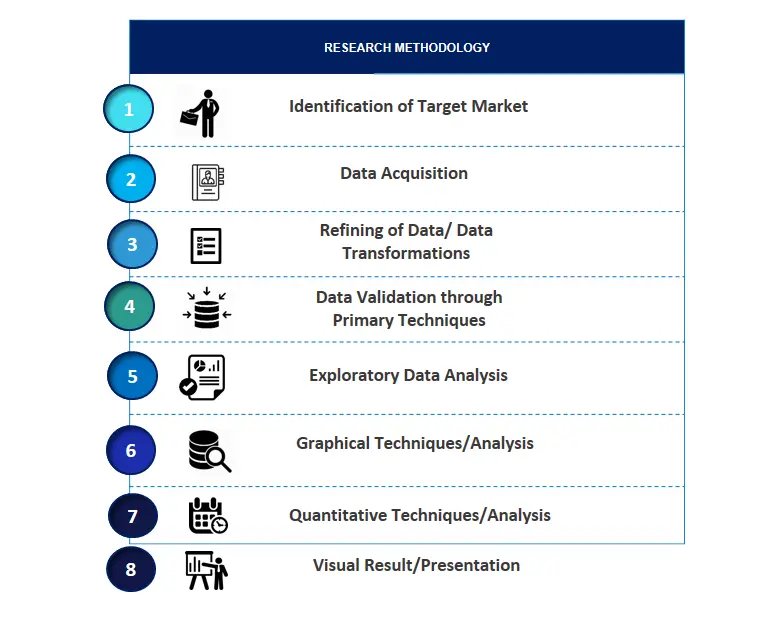
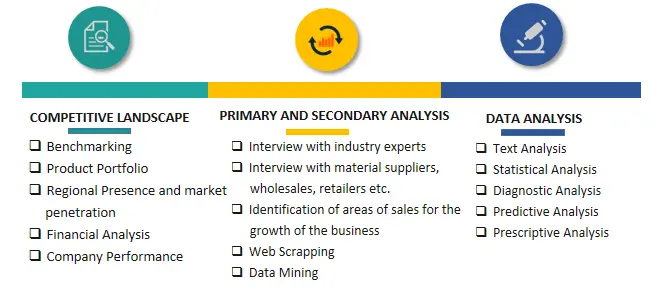

Frequently Asked Questions About This Report
PLACE AN ORDER
Year End Discount
Sample Report
Pre-Purchase Inquiry
NEED CUSTOMIZATION?
Request CustomizationCALL OR EMAIL US
100% Secure Payment



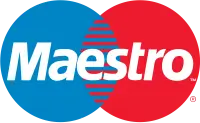


Related Reports
Our Global Clients
Our data-driven insights have influenced the strategy of 200+ reputed companies across the globe.






